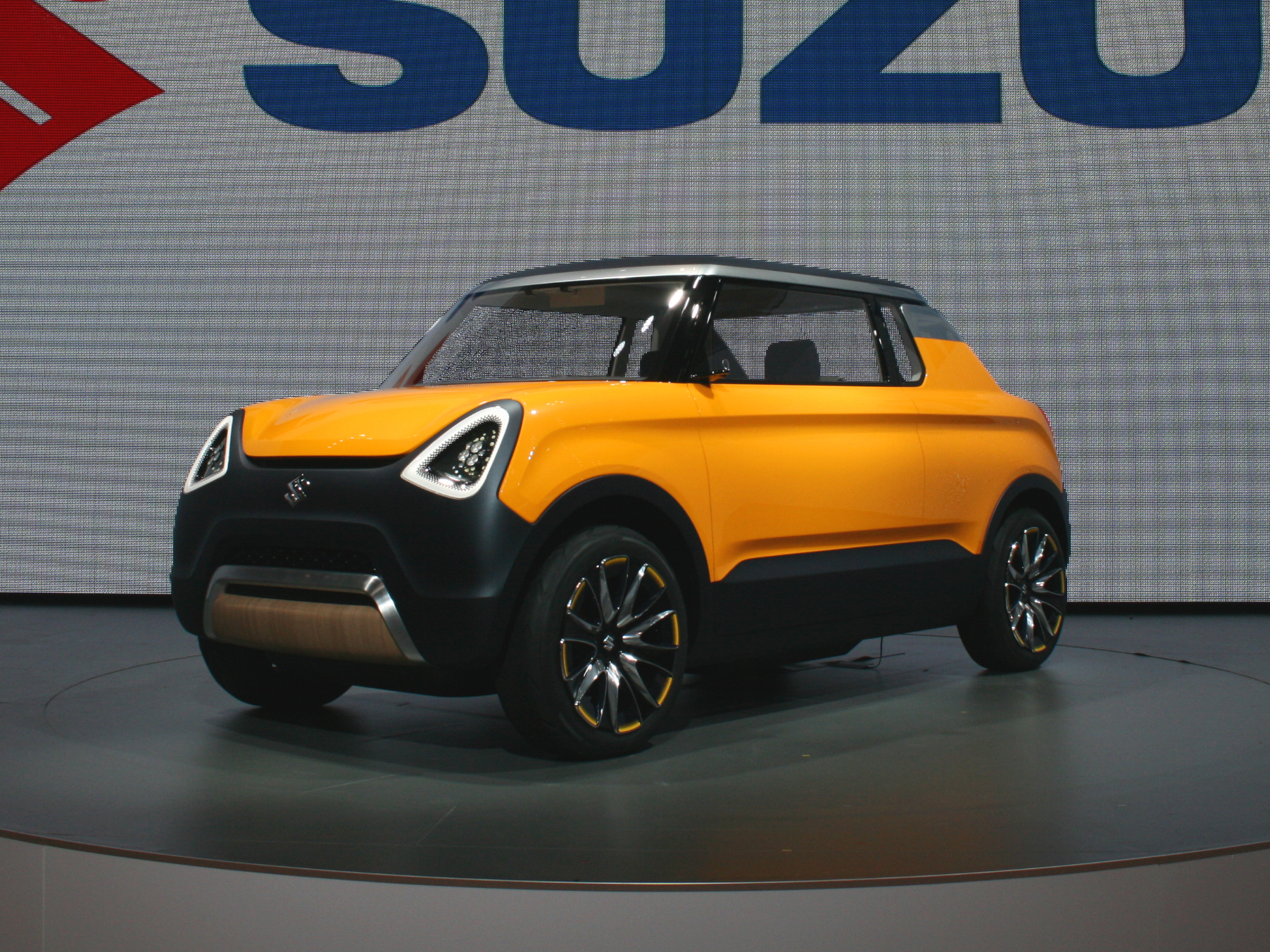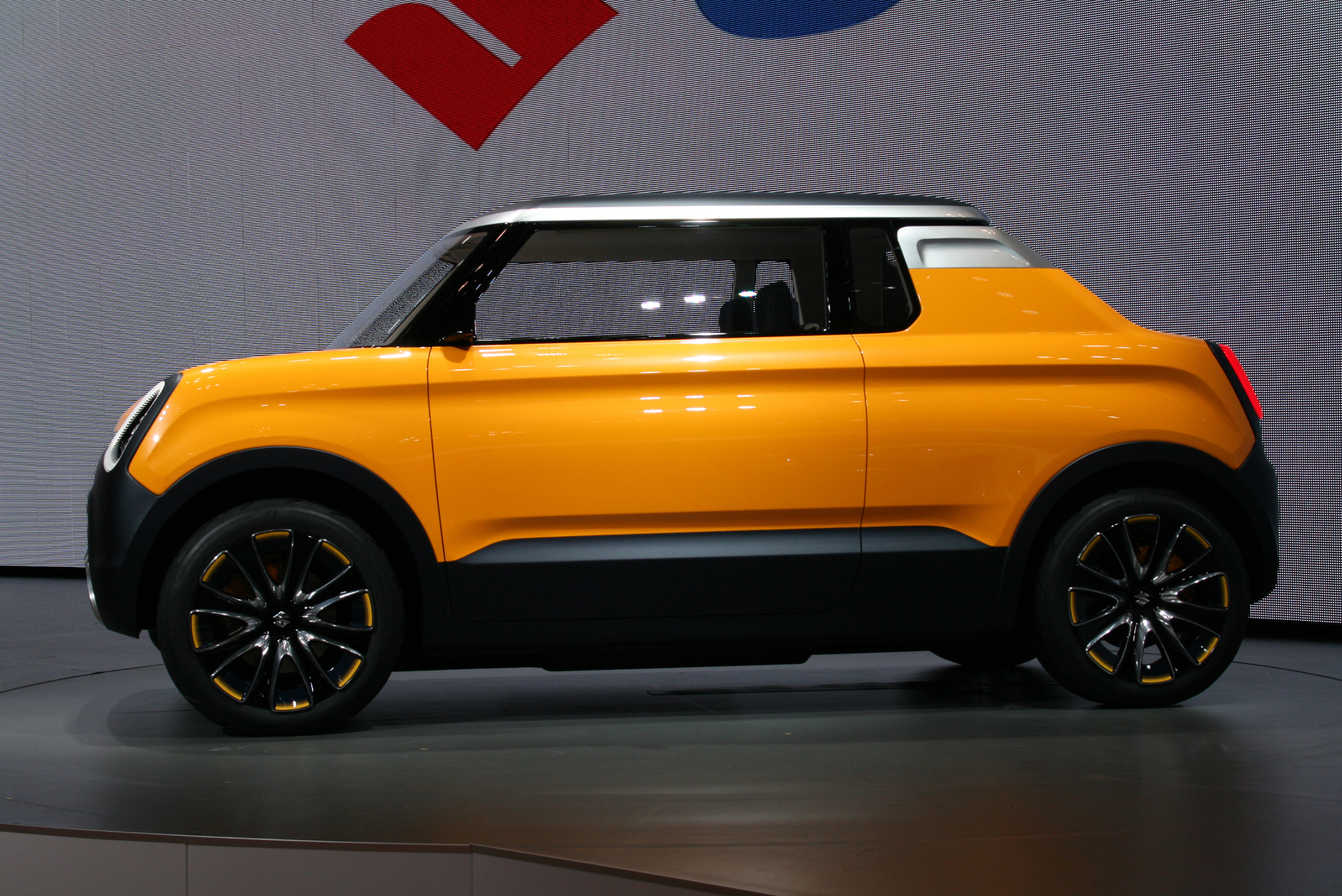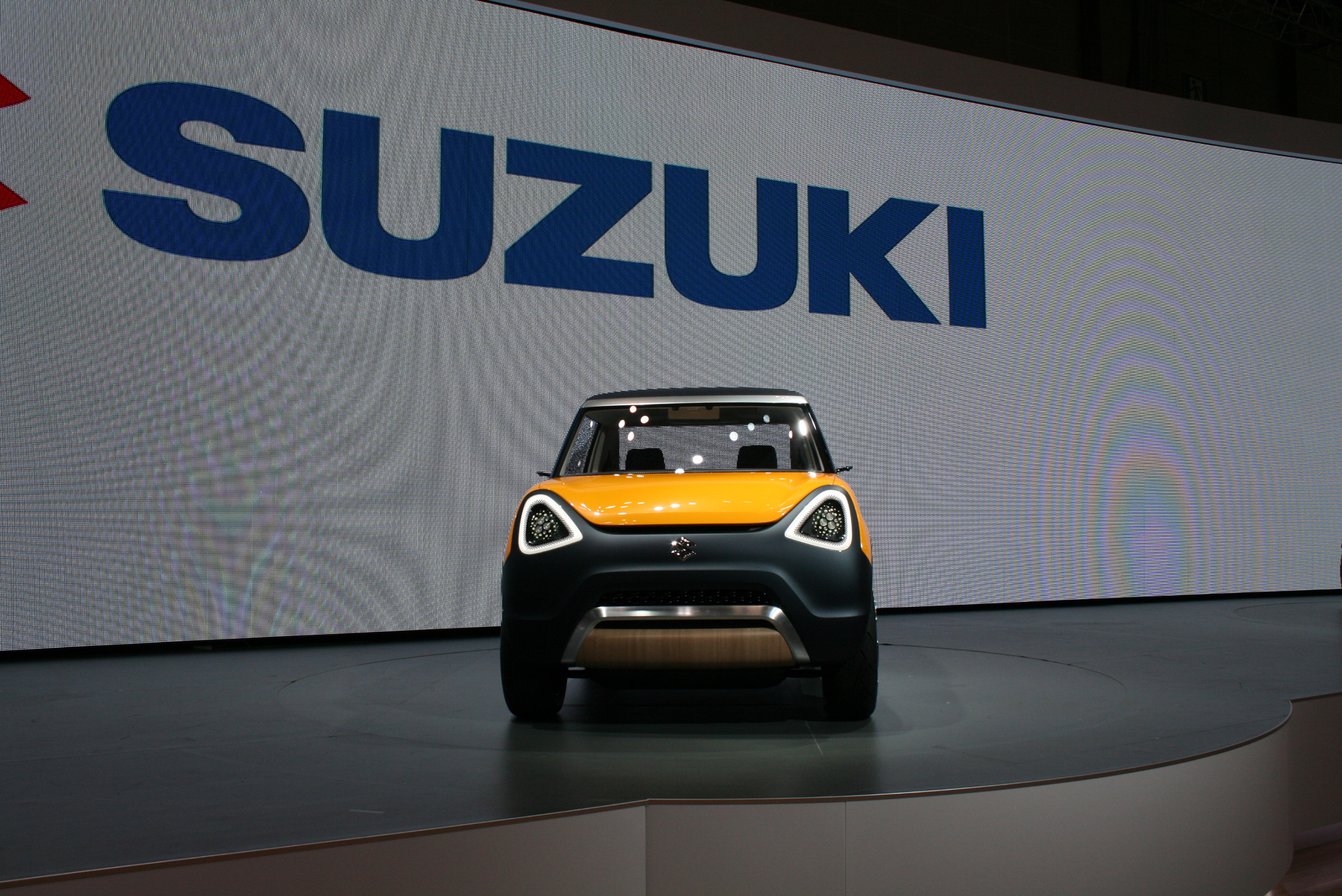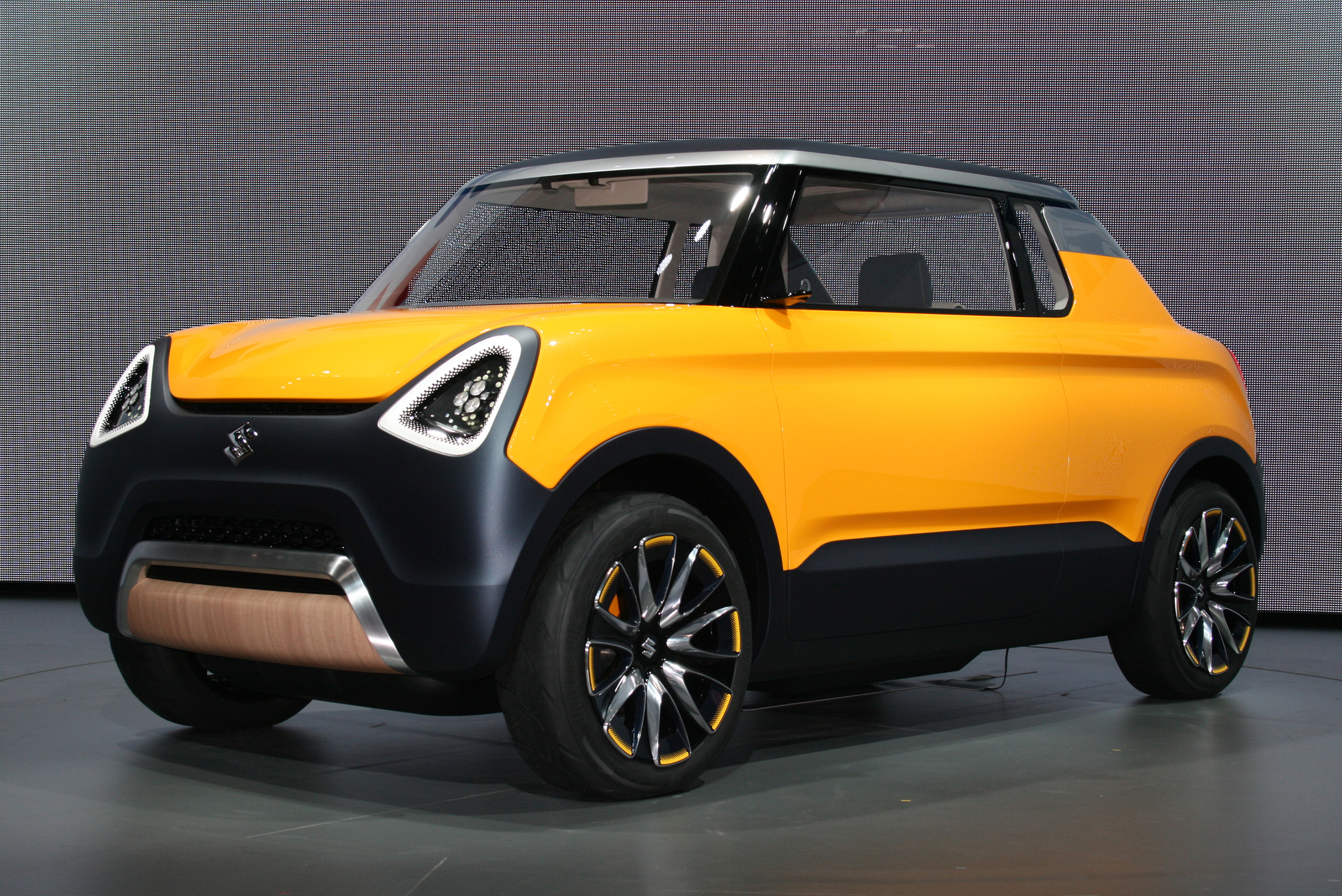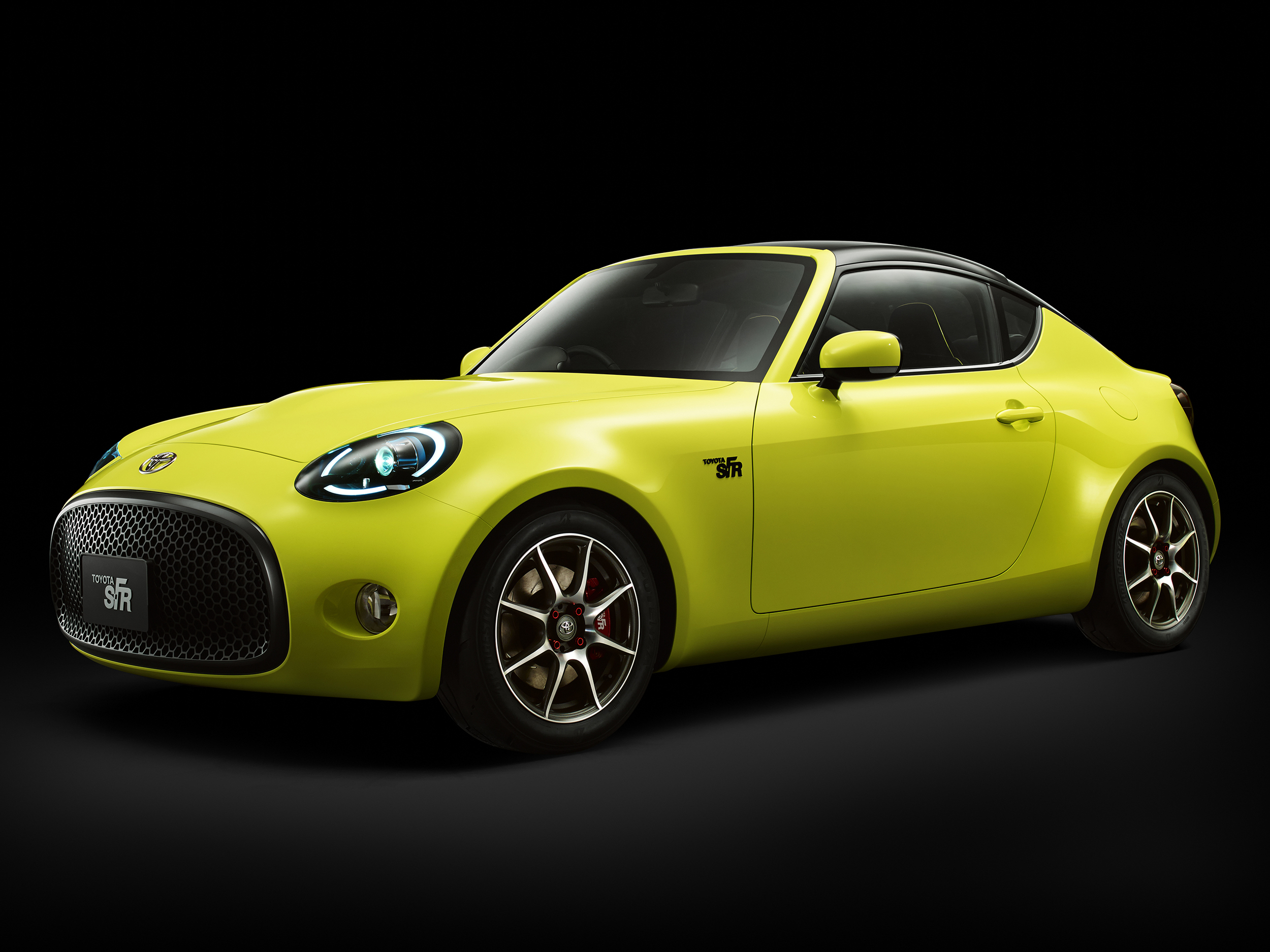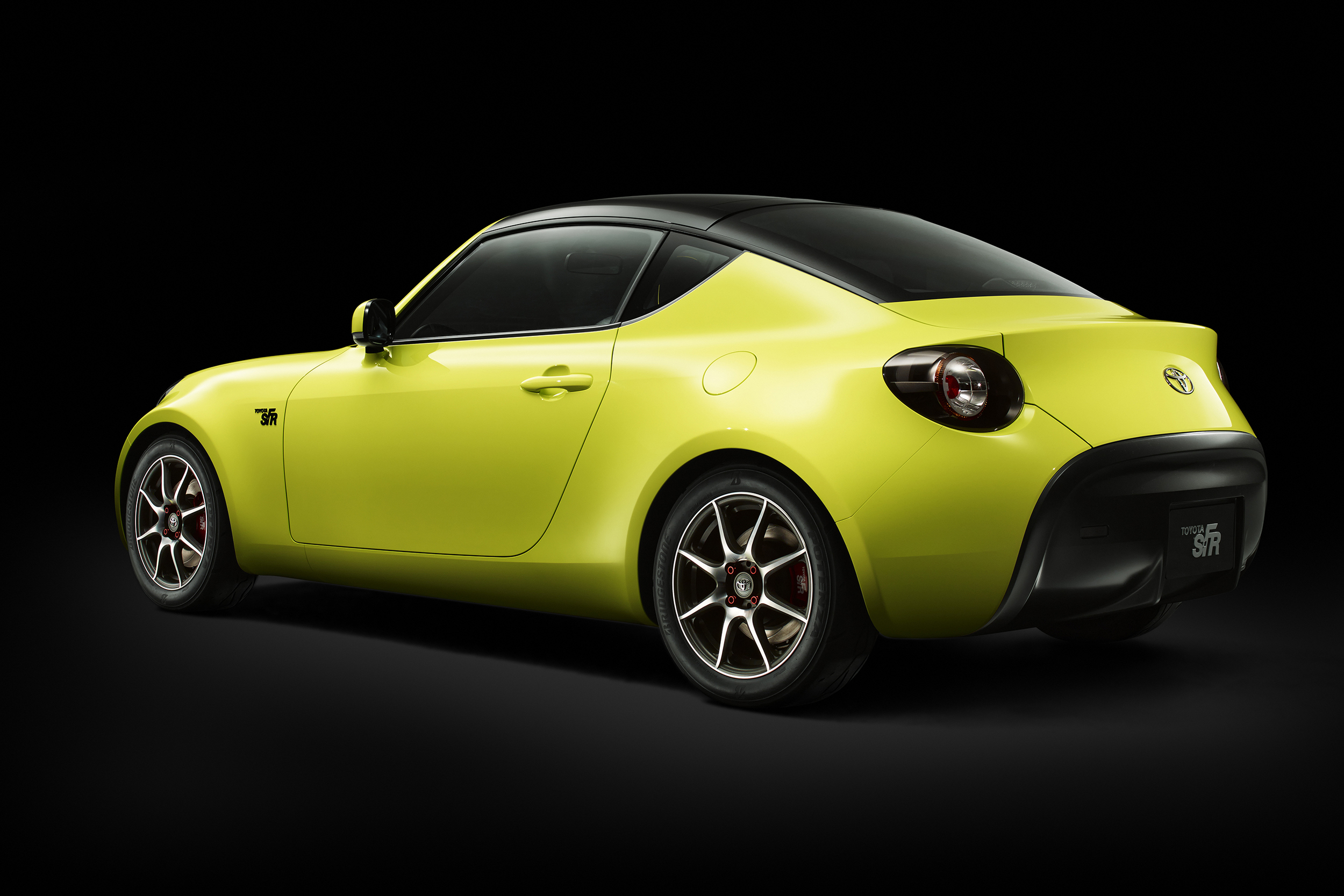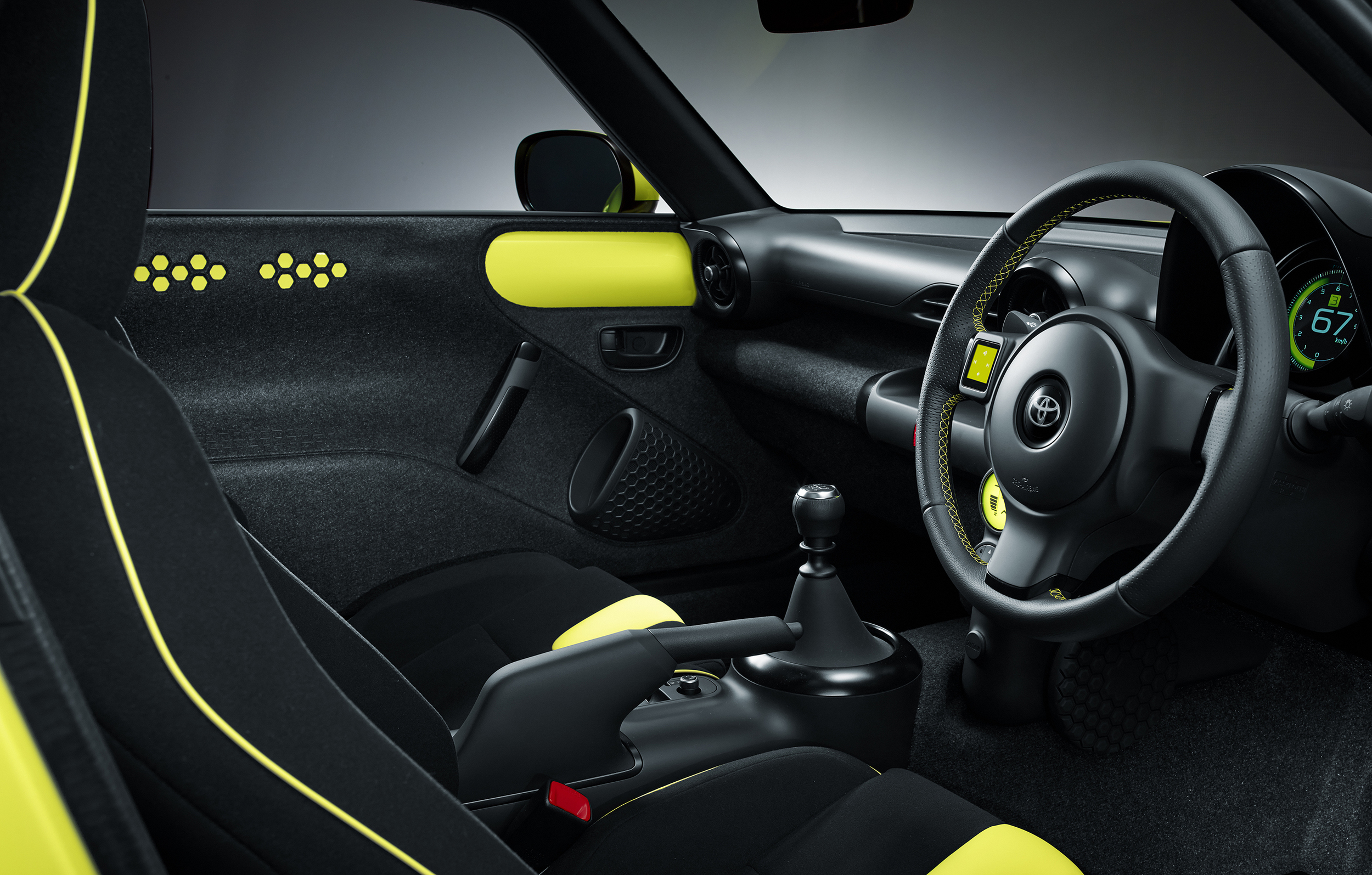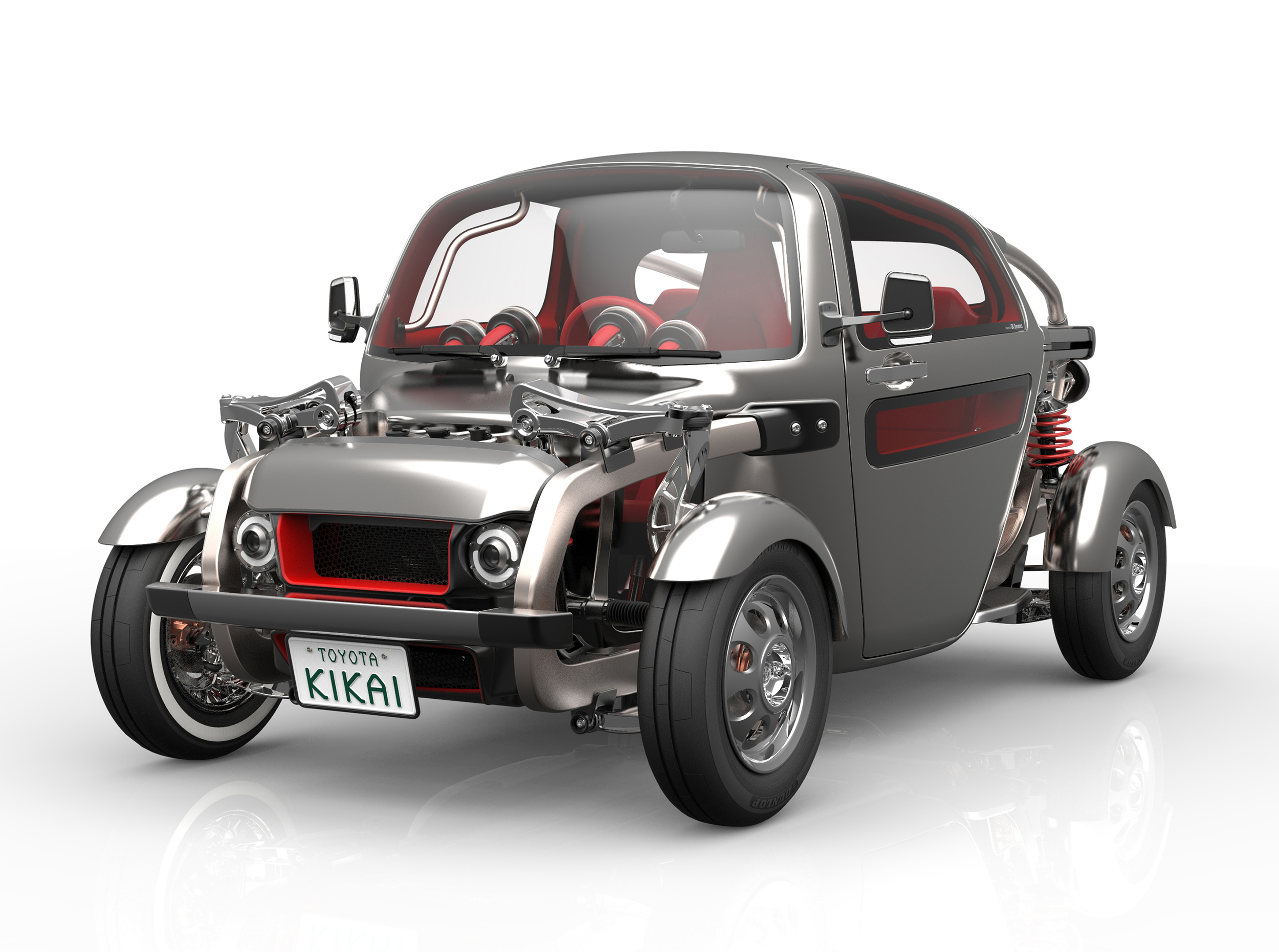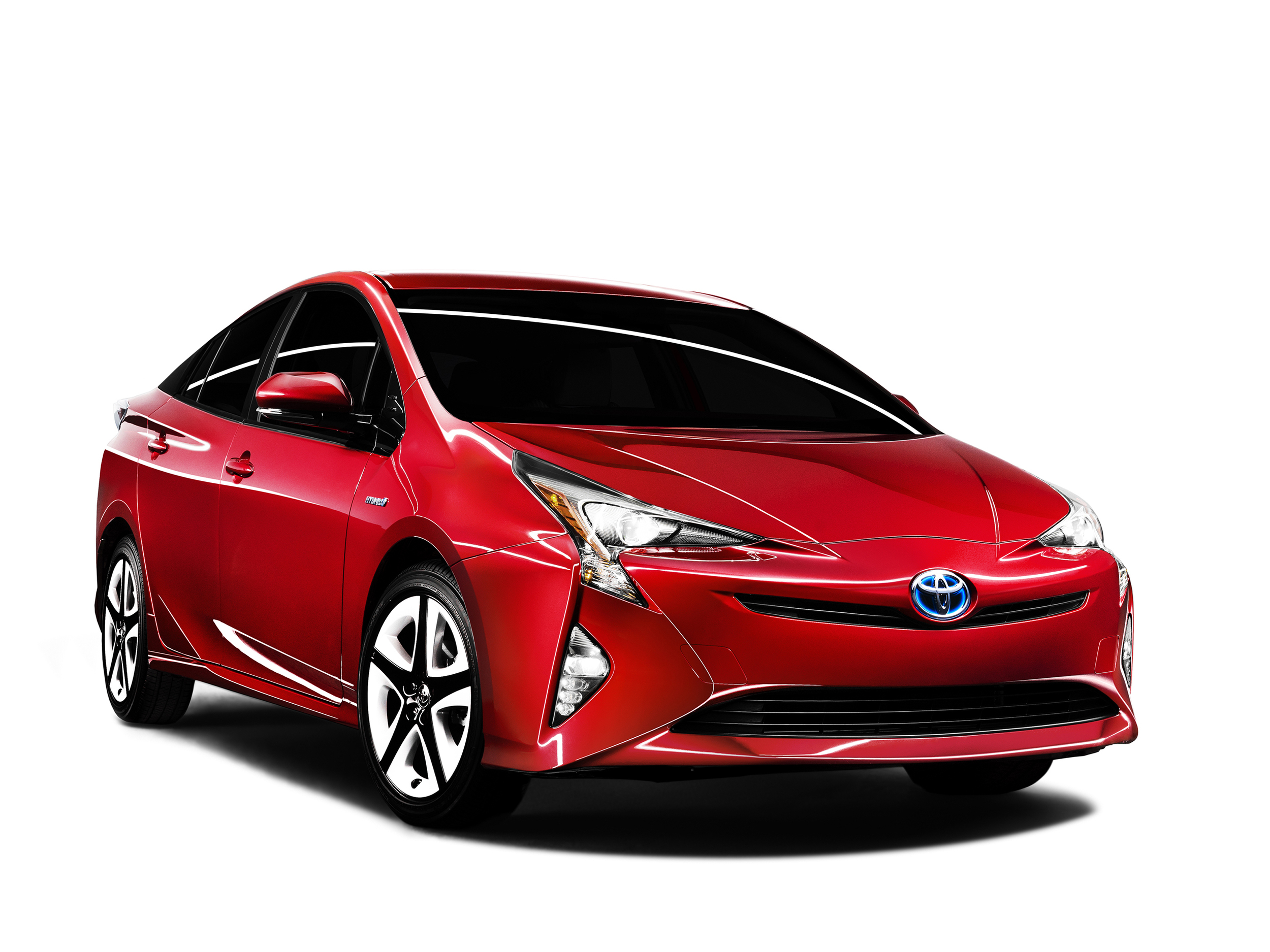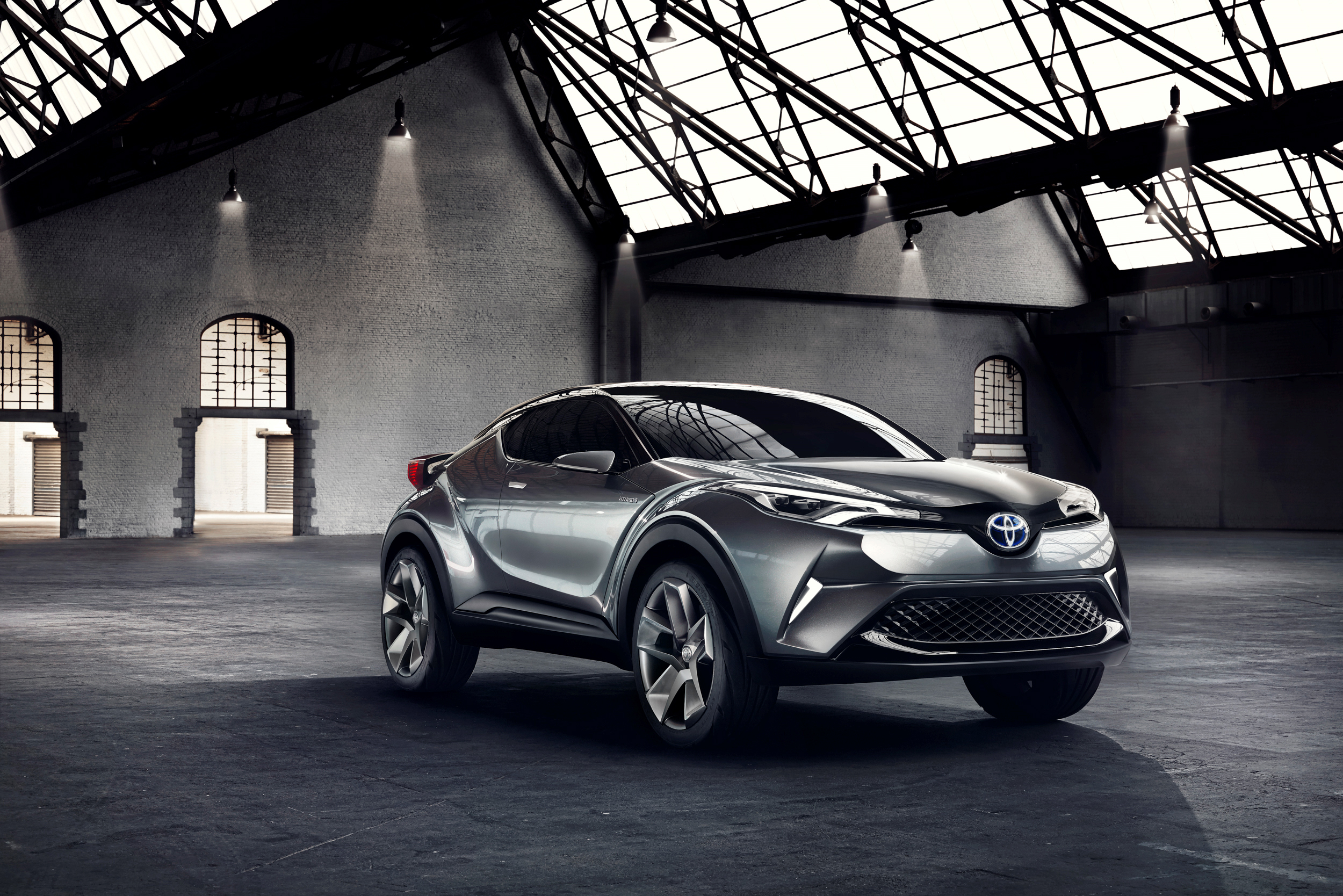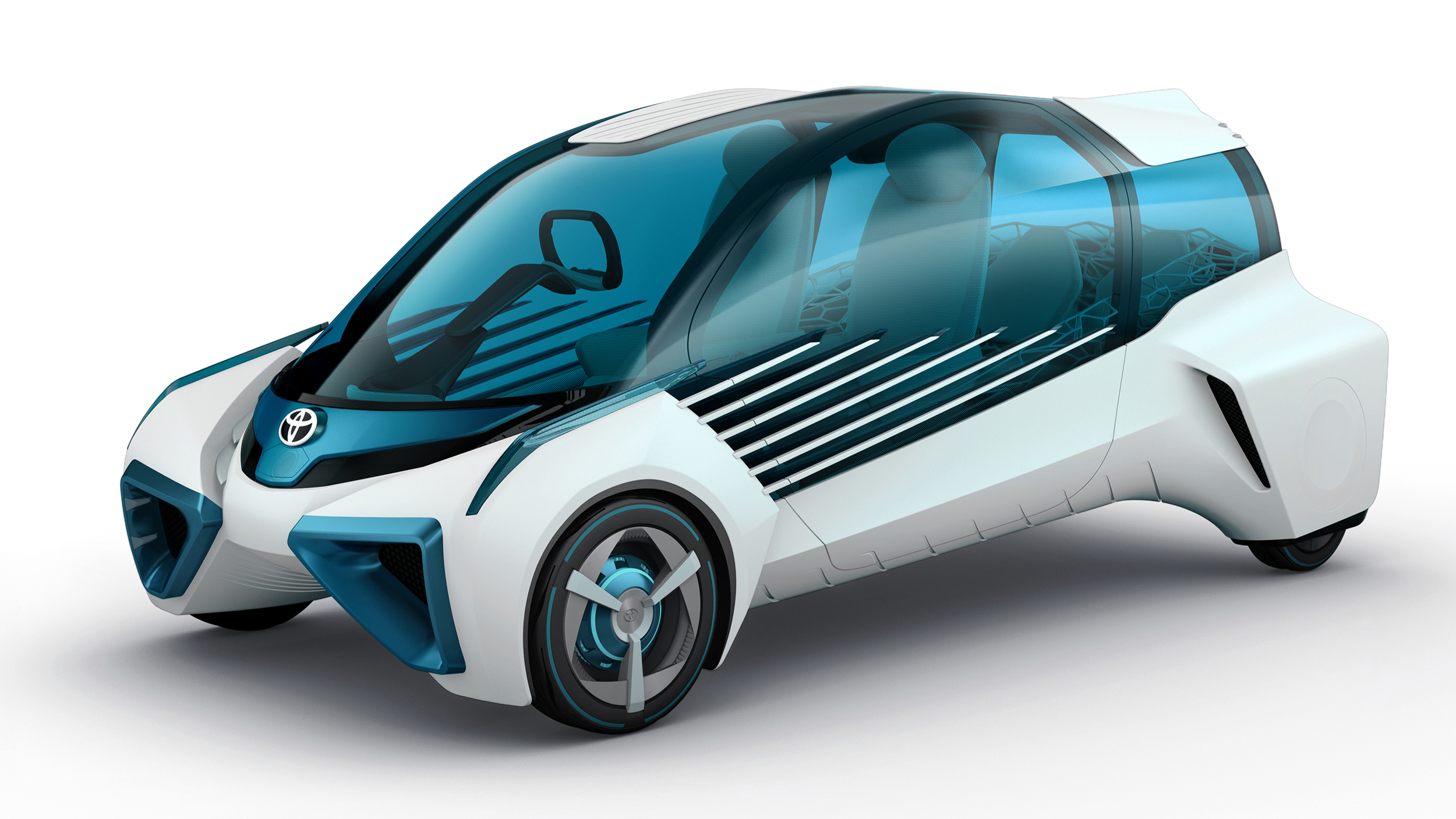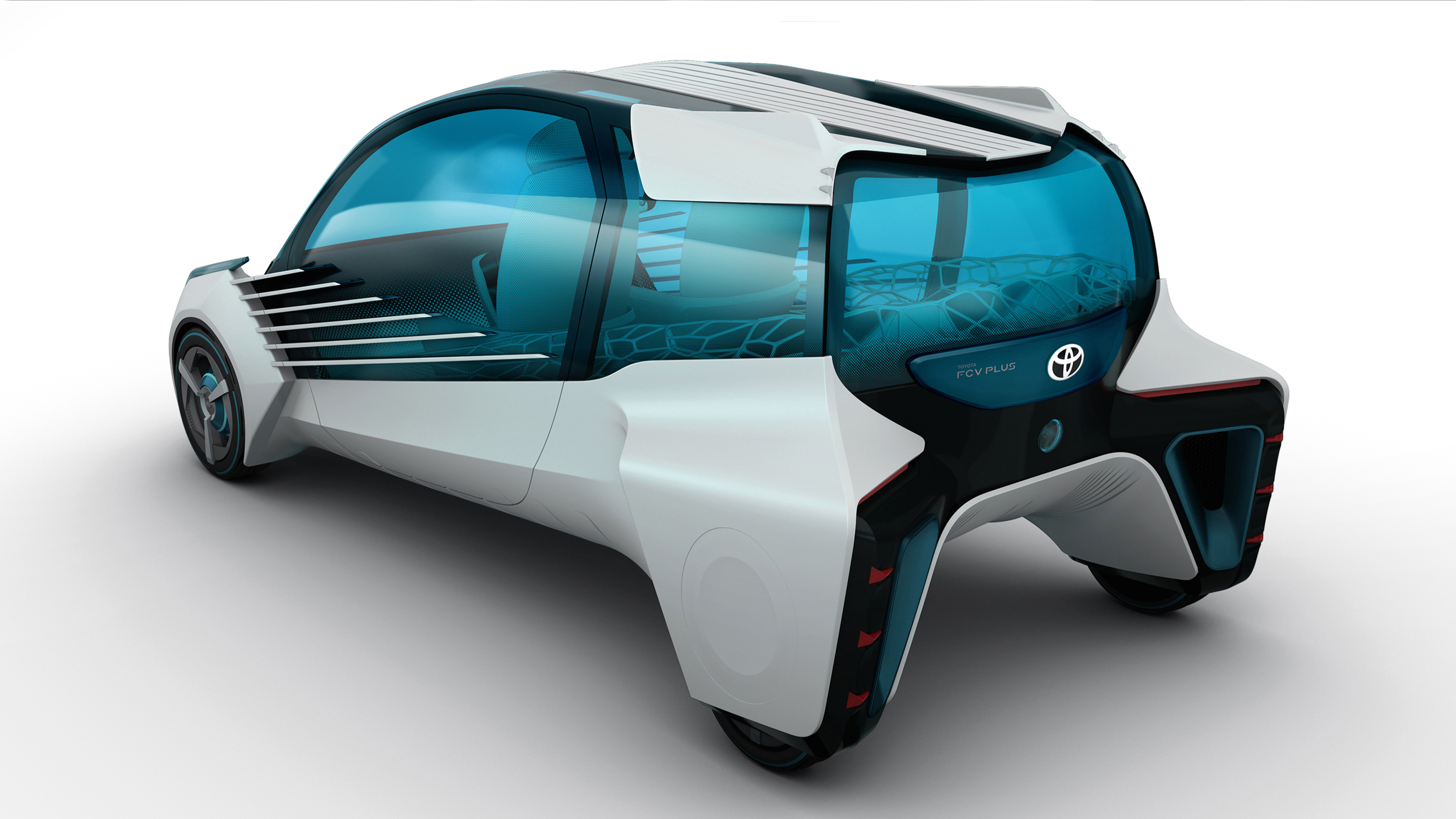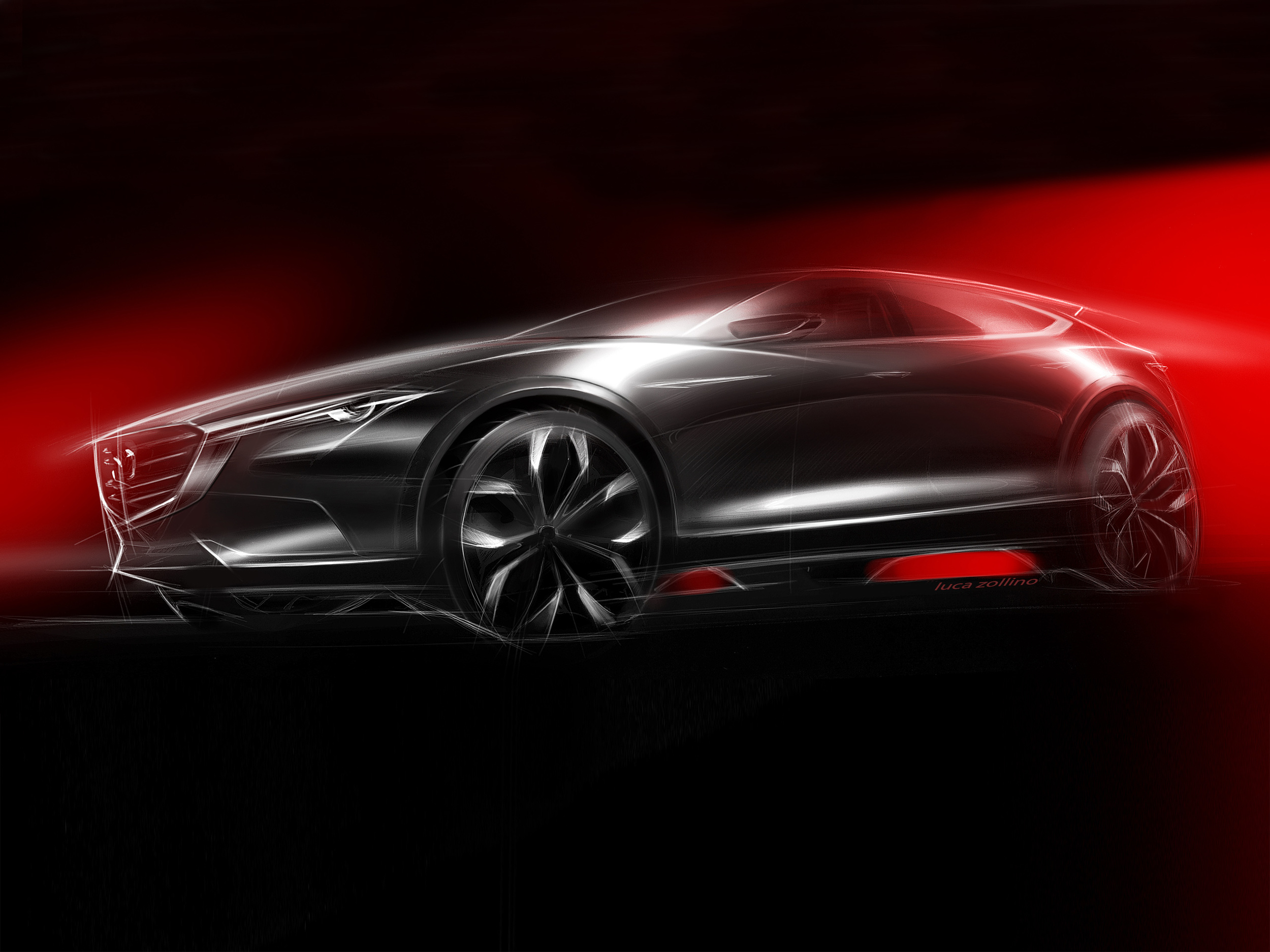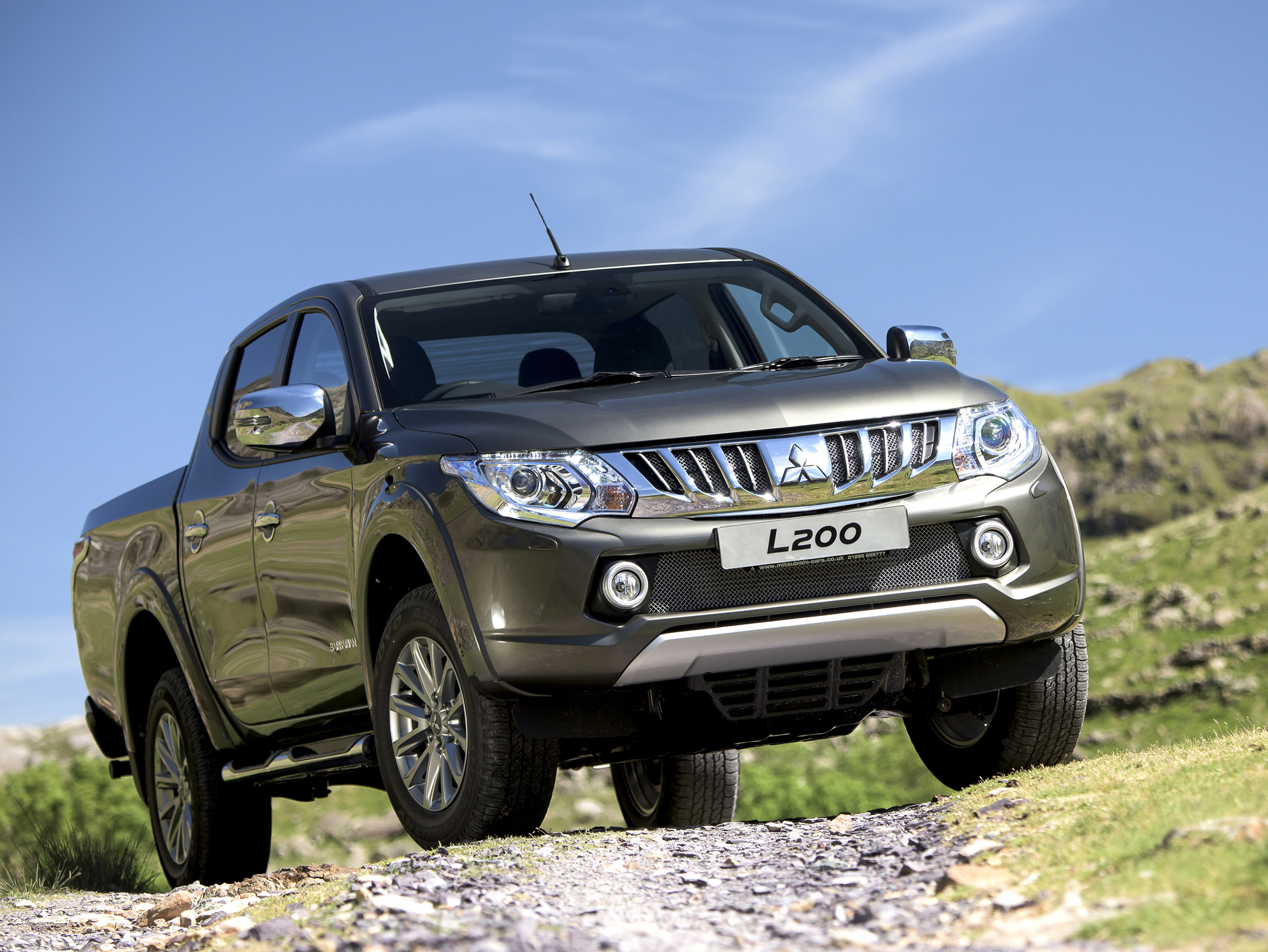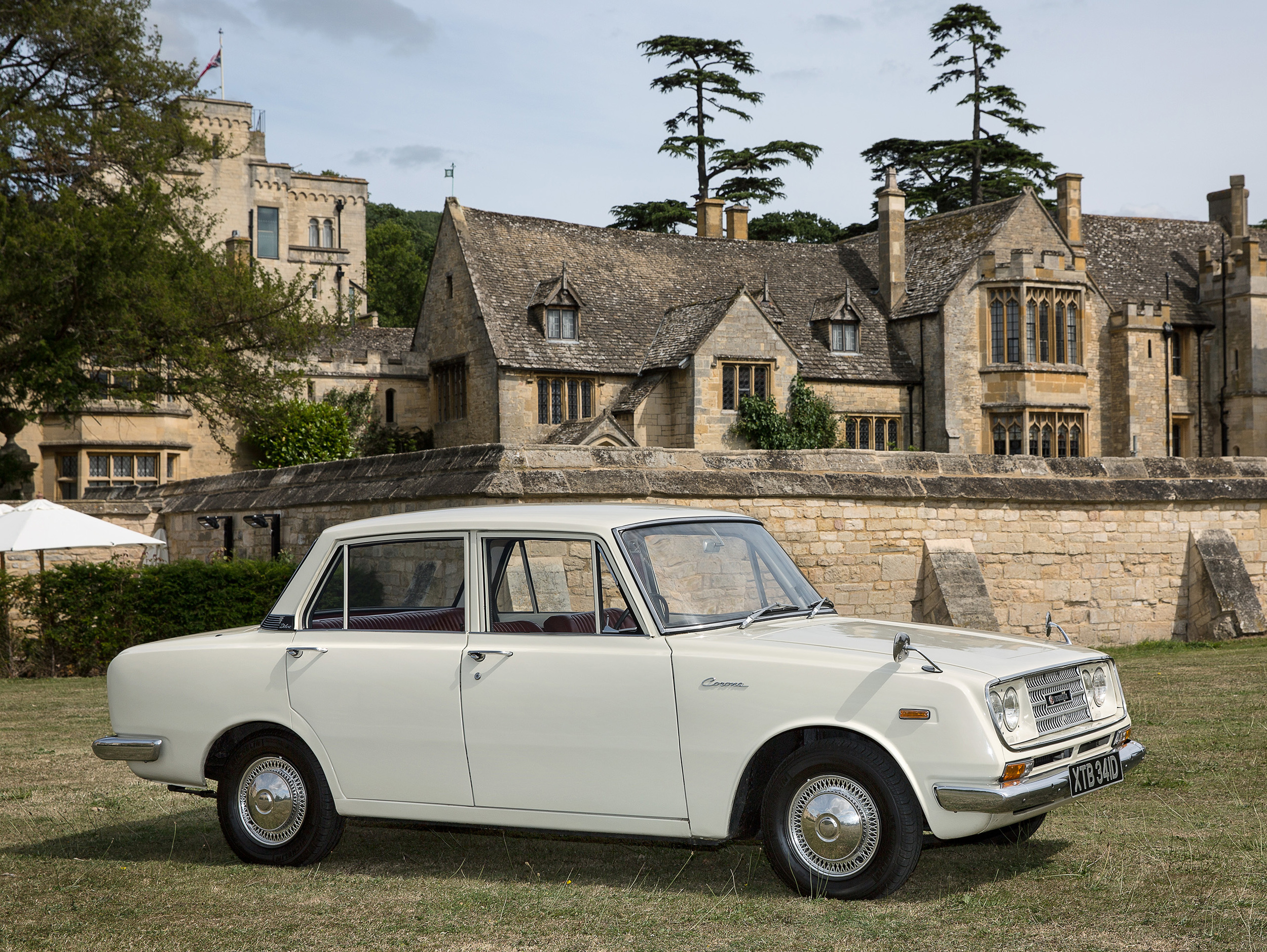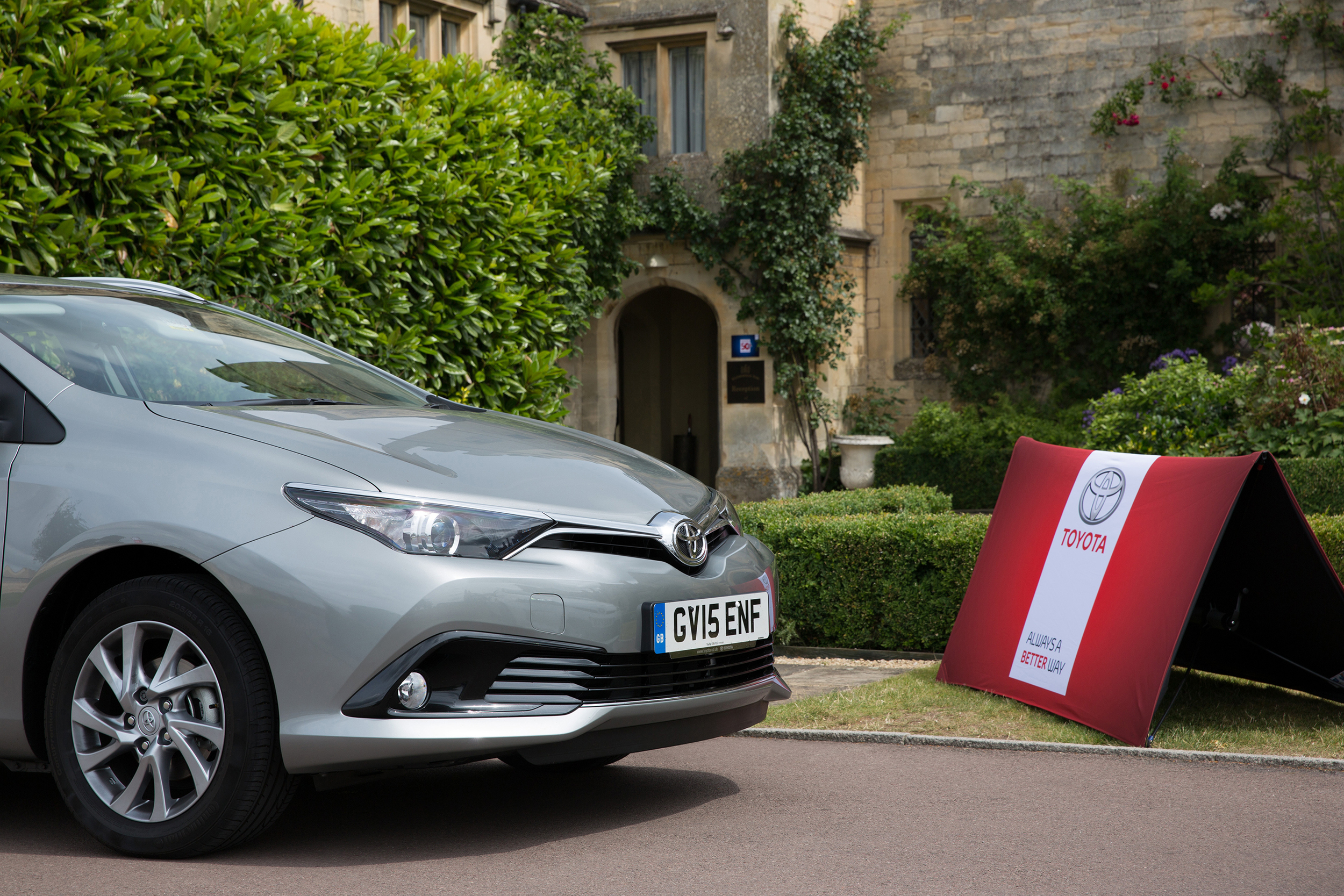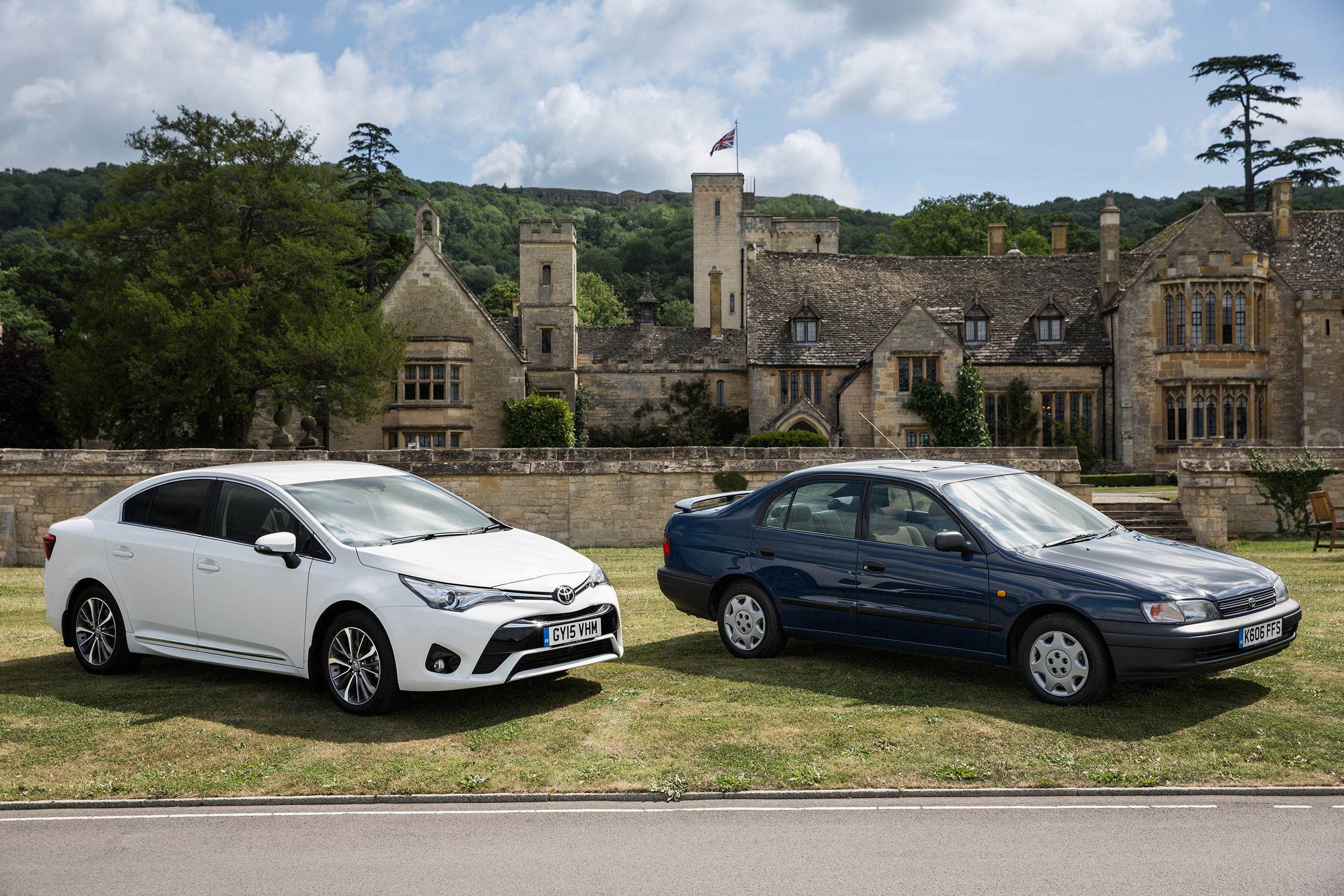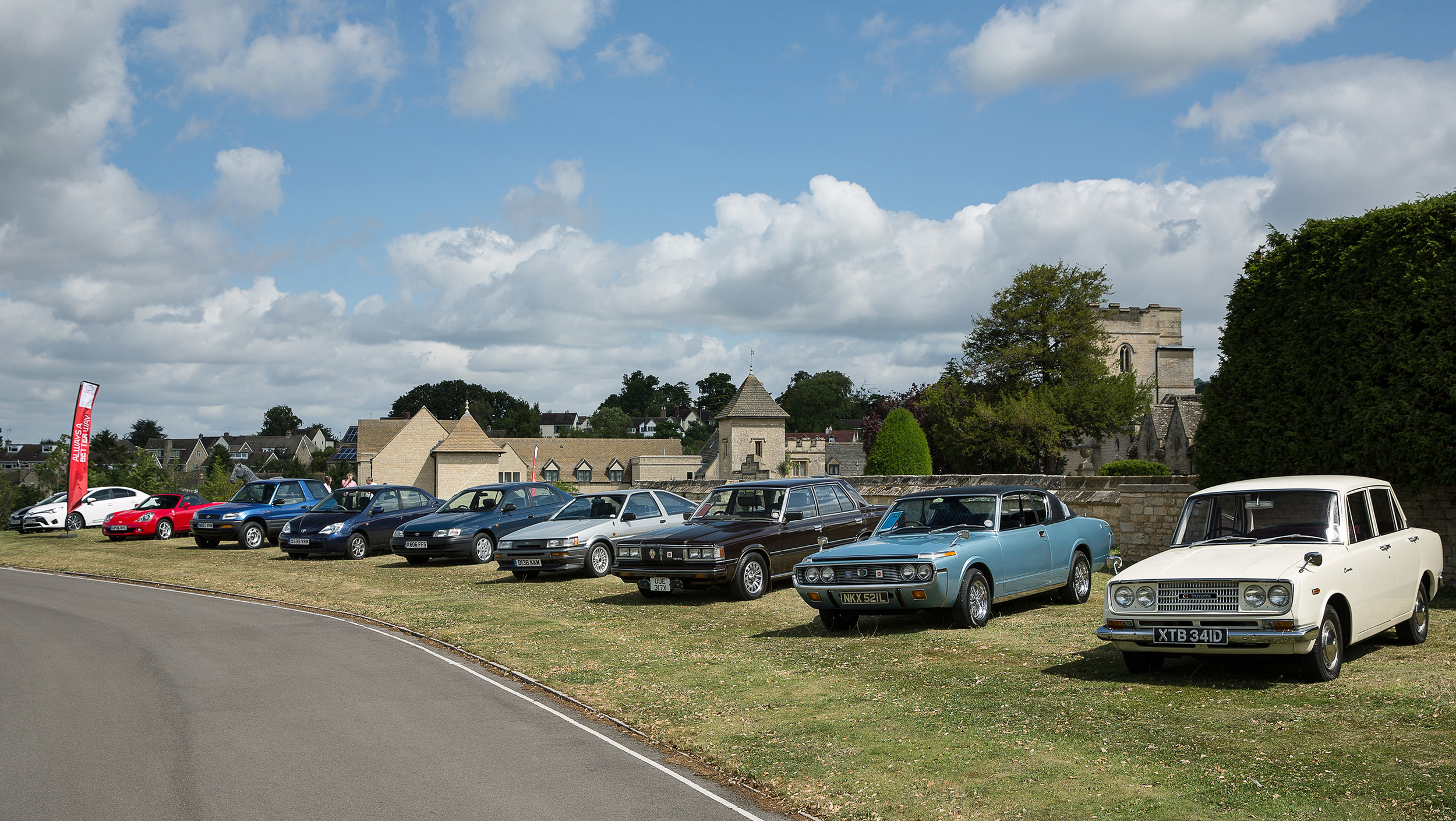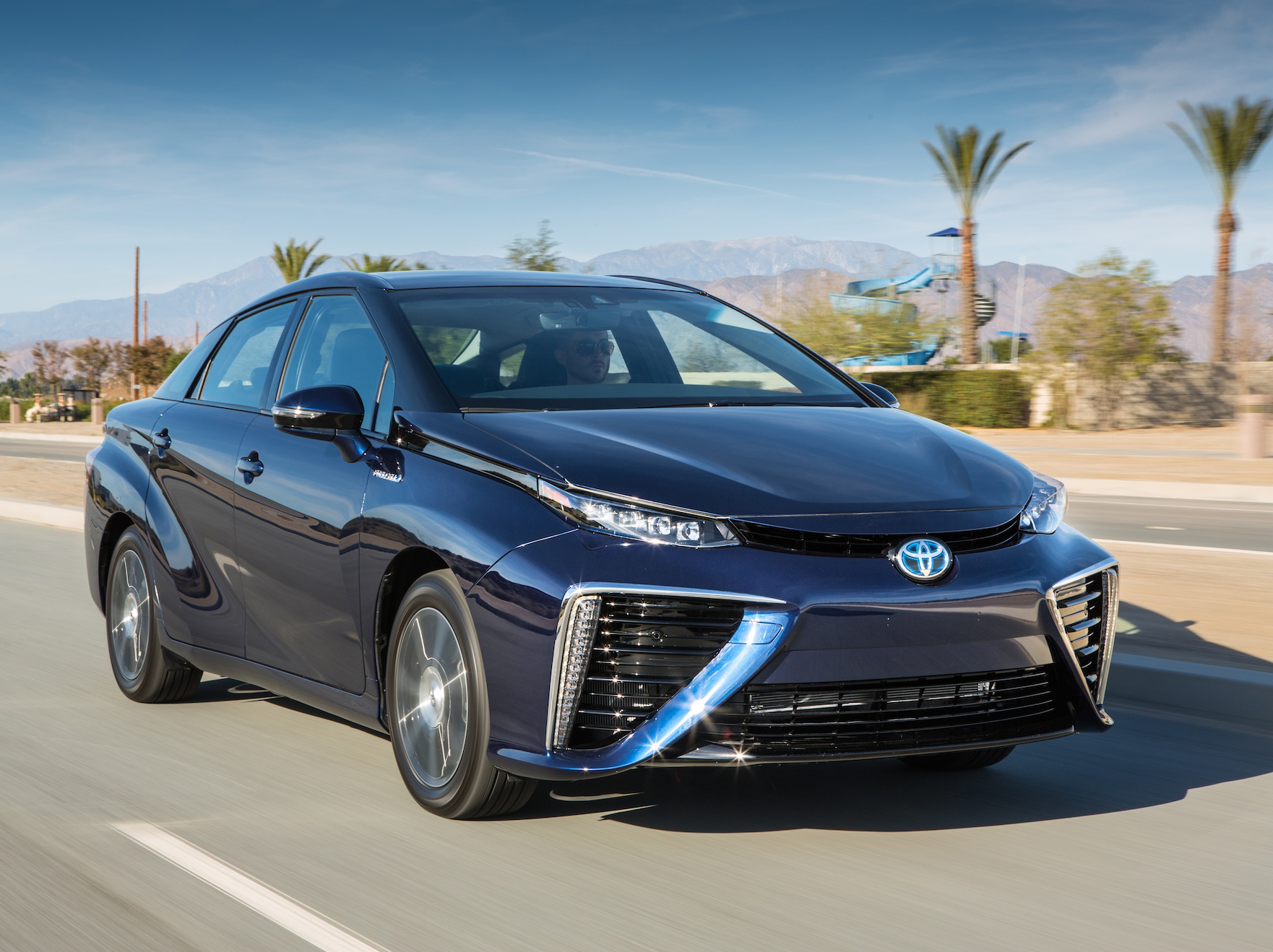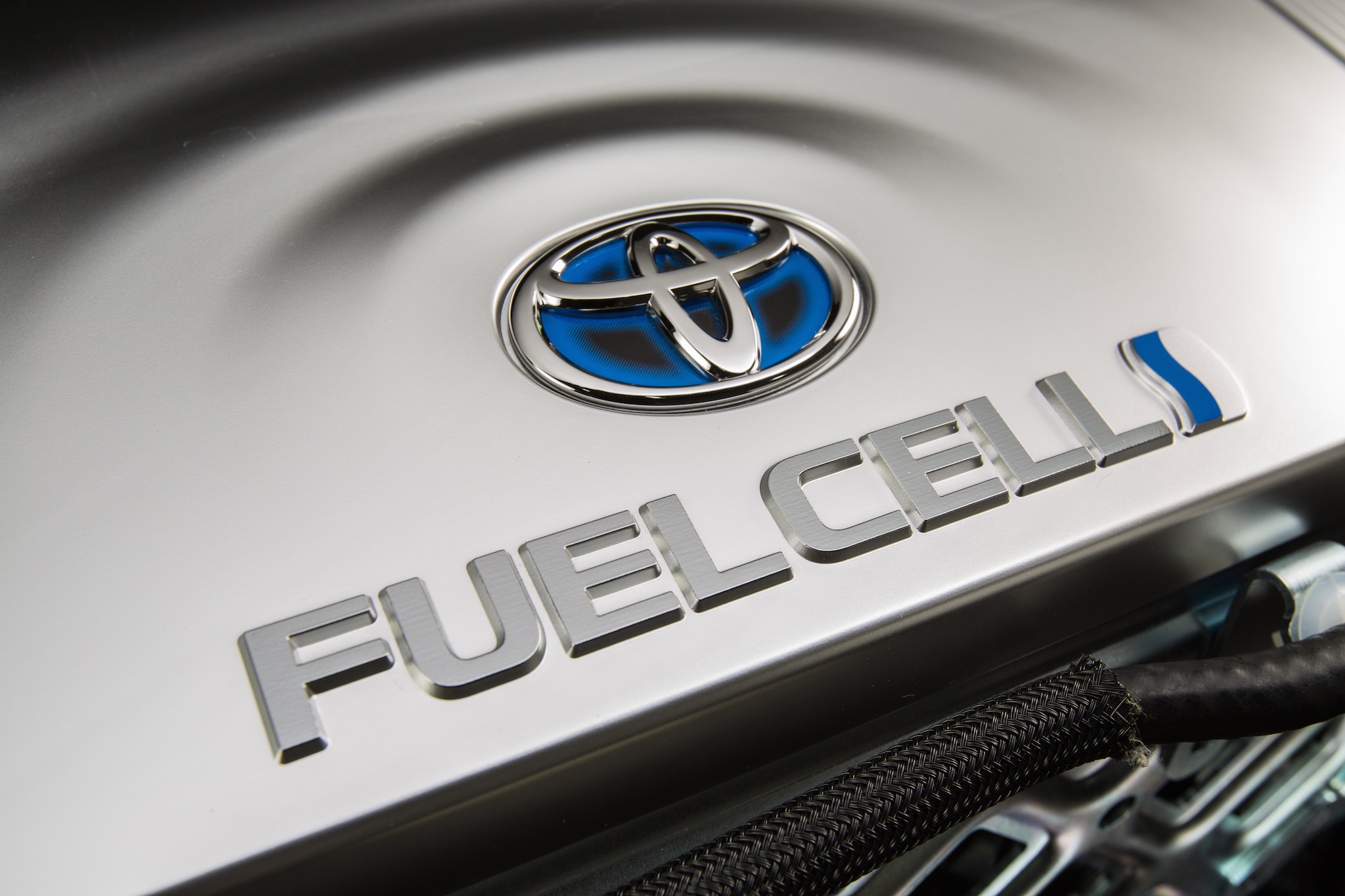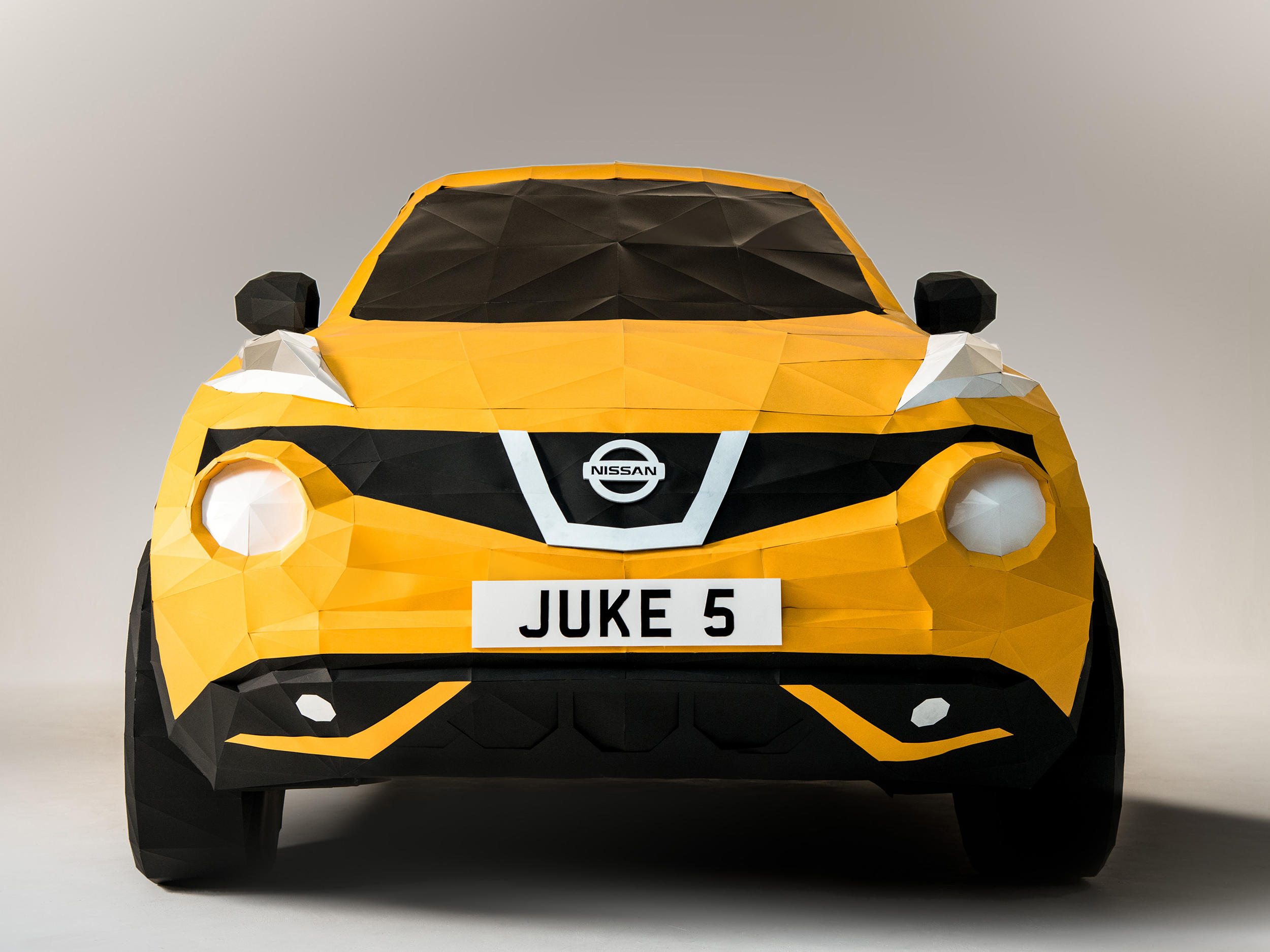
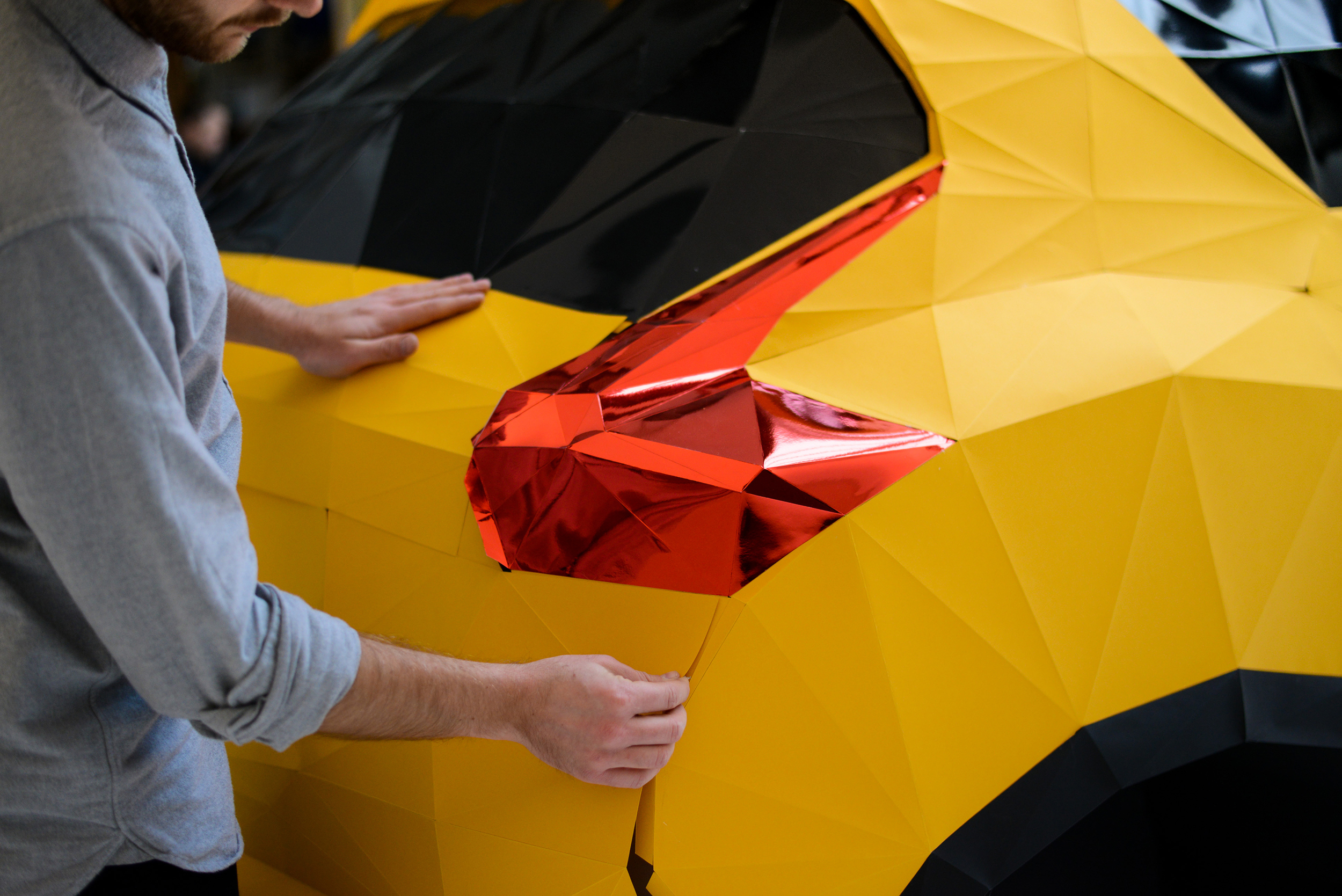
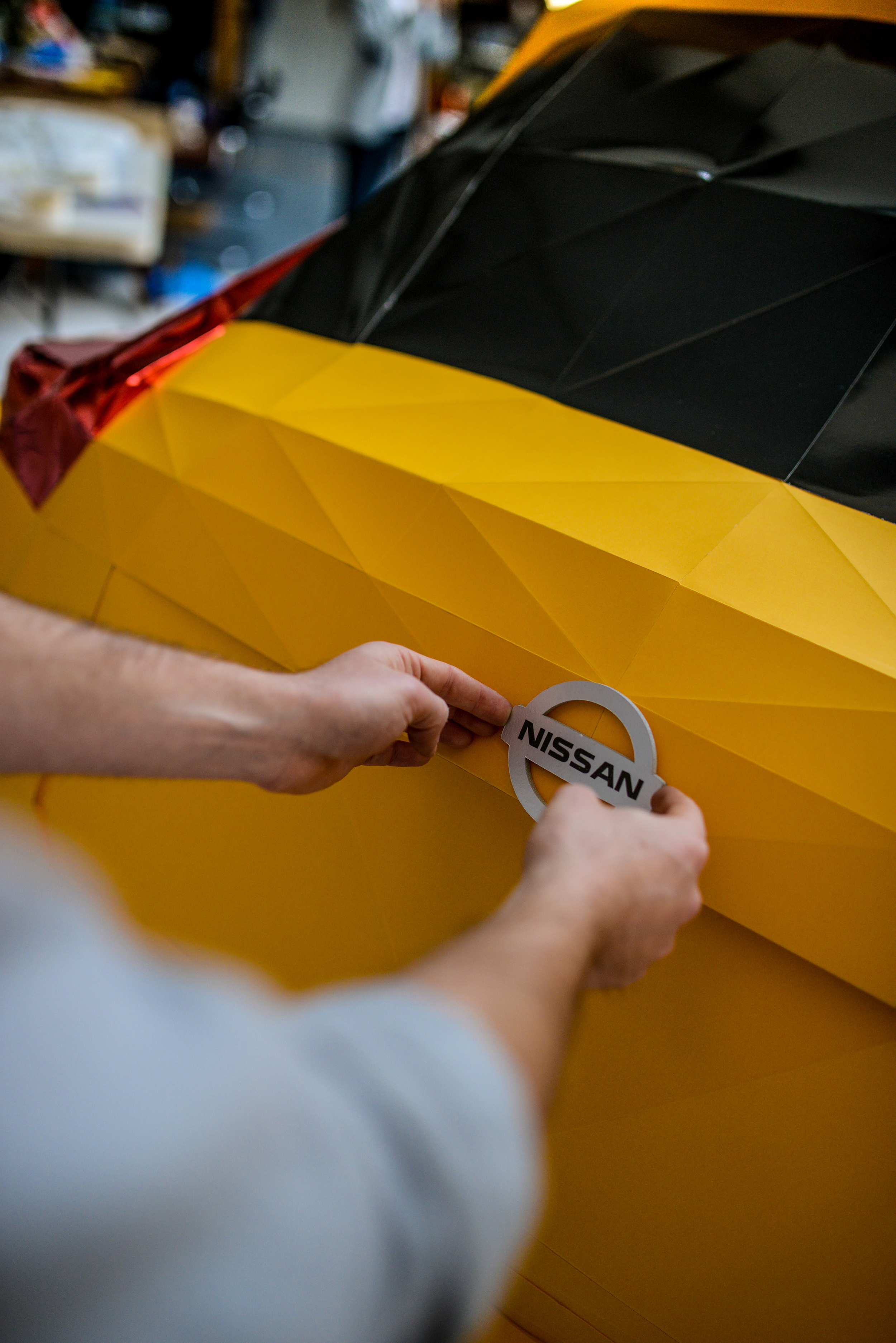
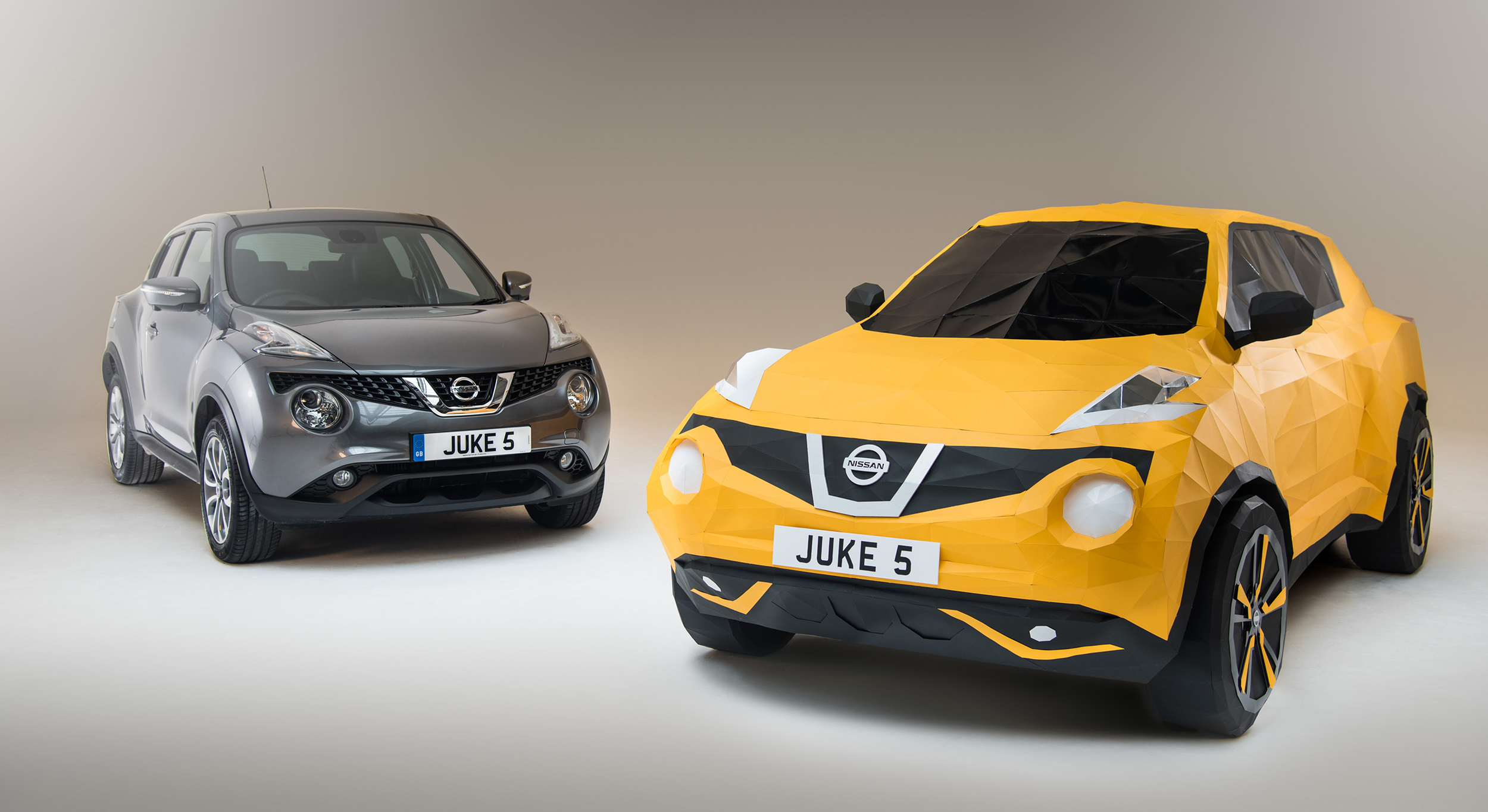
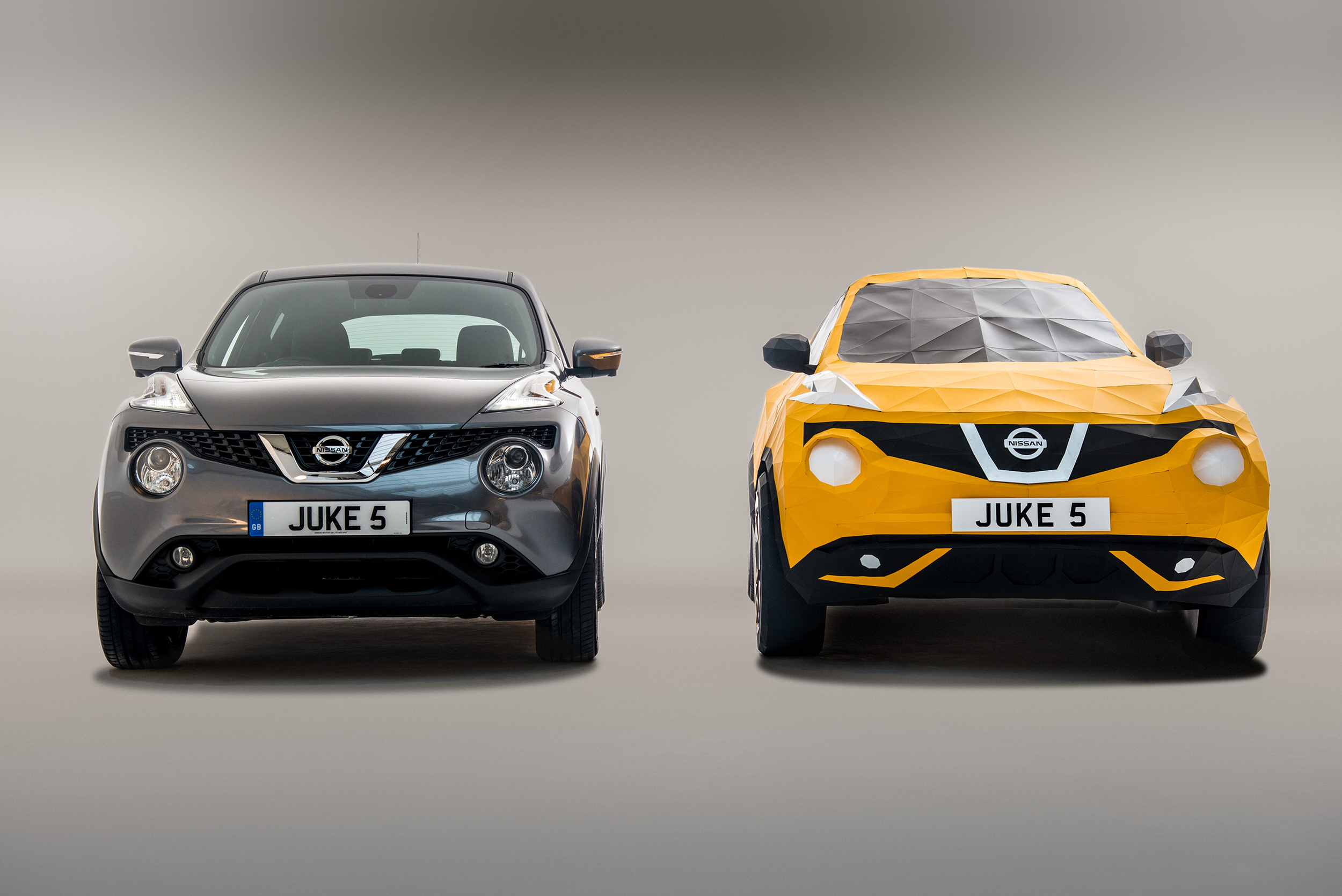
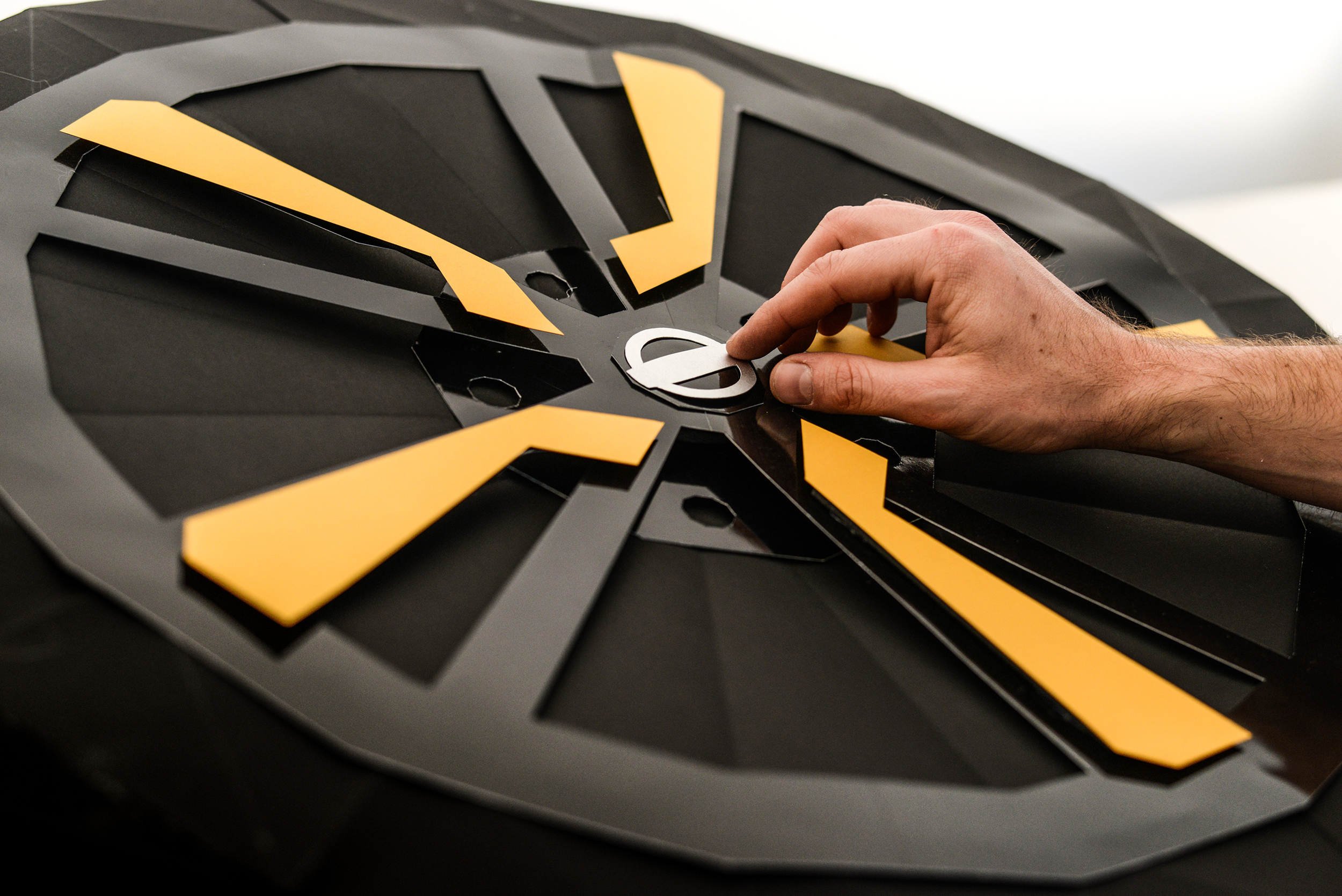
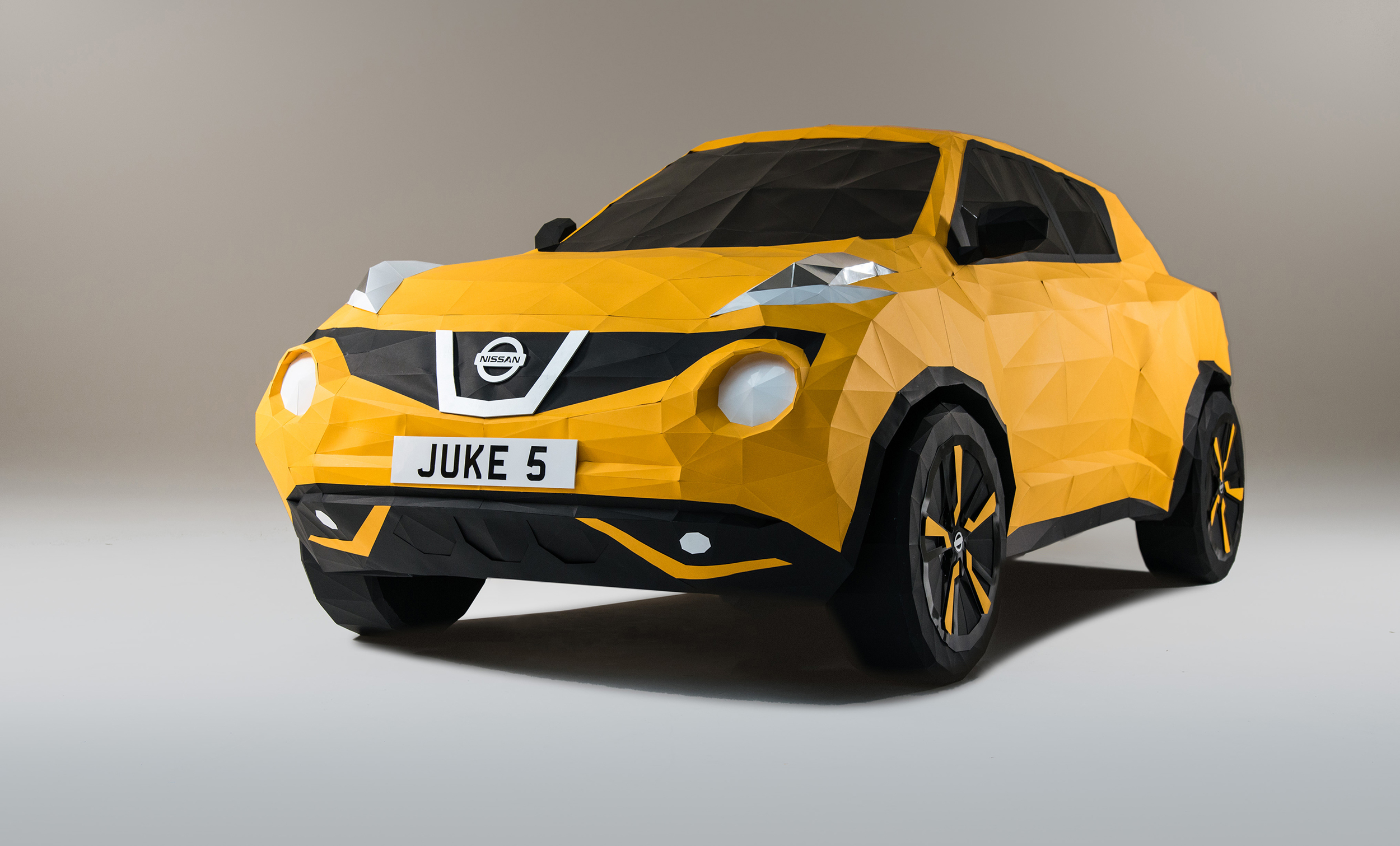
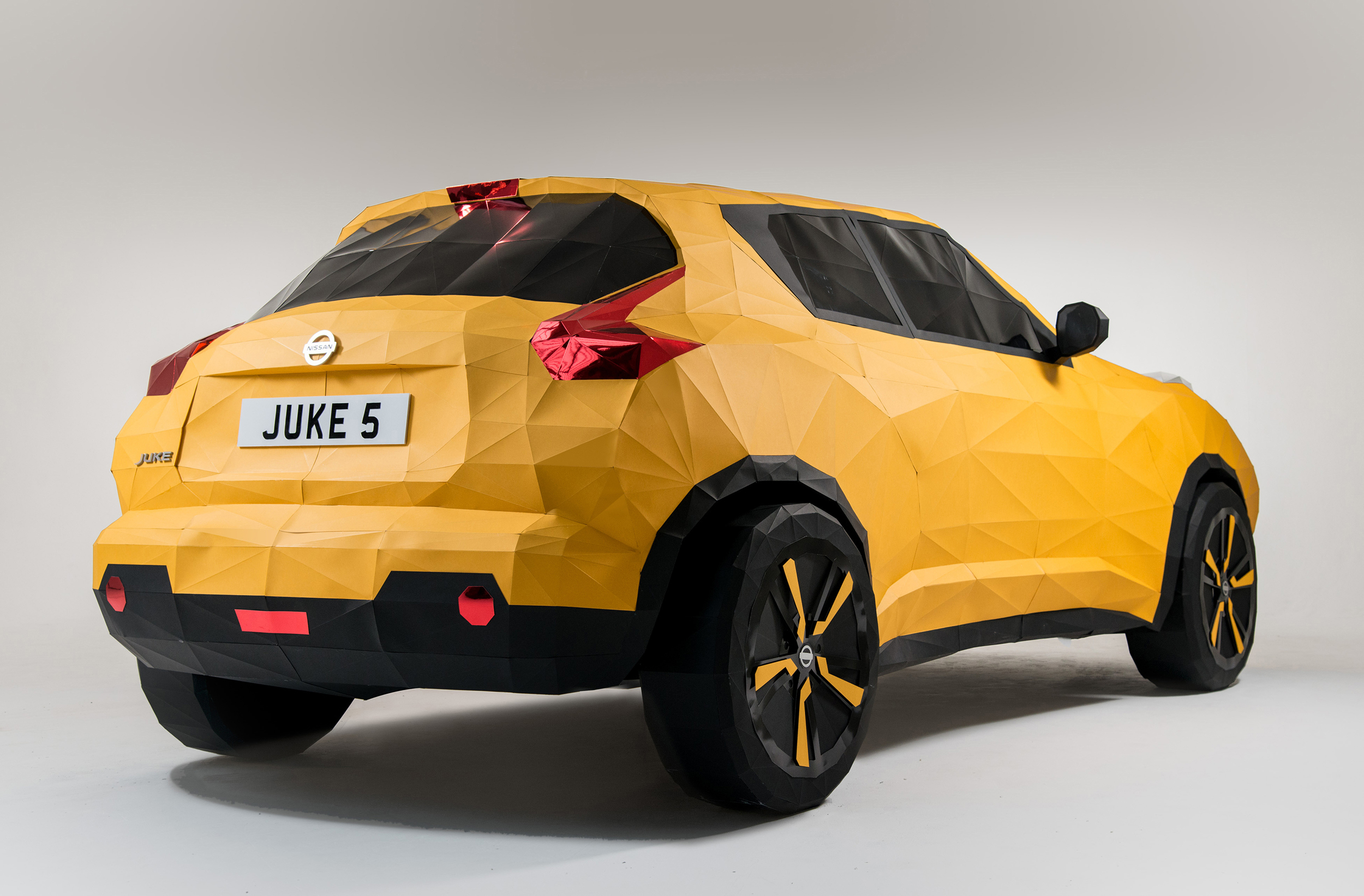
Nissan has revealed a full size Origami Juke, celebrating 5 years of the model.
British paper artist Owen Gildersleeve collaborated with Nissan on the unique project in a nod to Nissan's Japanese heritage. Gildersleeve hand built the intricate replica model from paper to the exact dimensions of the current Juke, taking over 200 hours and folding more than 2,000 pieces of paper to create the detailed sculpture.
The Origami Juke features the same design cues - such as the wheel arches, lights and grille - that give the real-life model its distinctive character.
Artist Owen Gildersleeve said: "This was a great project to work on - hard work but very rewarding. As a celebration piece it draws on so many influences, such as the origami focus inspired by Nissan's Japanese roots. Using so many individual pieces of paper to create the overall structure also represents the thousands of people who helped bring the Nissan Juke into reality and the thousands who continue to do so right here in the UK."
The Juke, which is built in Nissan's plant in Sunderland, reaches its fifth birthday this year. Since first deliveries began in October 2010, more than 150,000 Juke models have been sold in the UK, with over 700,000 total sales across Europe.
Darryl Scriven, Design Manager at Nissan's Design Centre for Europe, said: "The first step of any car design involves putting pencil to paper. From that simple start, it's a complex journey to production involving hundreds of skilled people, thousands of man-hours and millions in investment. So we think it's very apt that on its fifth birthday, we celebrate the Nissan Juke with a tribute that harks back to that simple, but bold, first step, all carried out with Nissan's signature innovation and excitement of course."
The Origami Juke is revealed as 'World Origami Days' are celebrated across the world between 24th October and 11th November.

